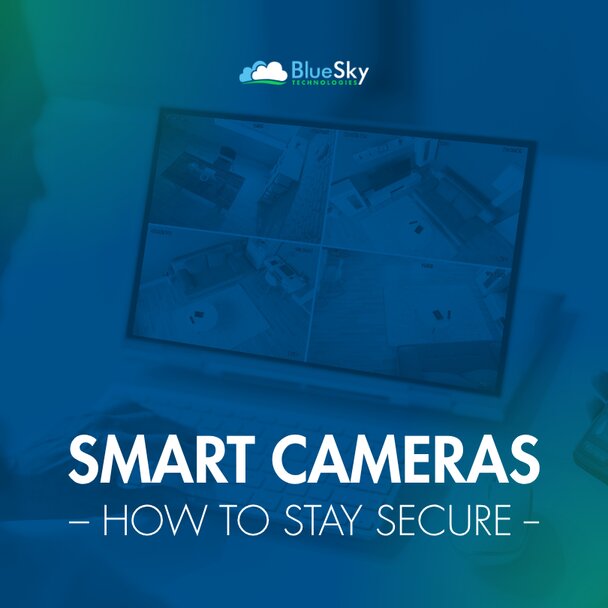 In 2020, a family in Mississippi woke up to every parent's worst nightmare when their eight-year-old daughter heard a strange man's voice coming from her bedroom. A hacker had gained access to their Ring camera and was speaking directly to her through the device, taunting her and playing music until the parents rushed in to unplug it. Later, Ring confirmed that the account had been compromised because the family had reused an old, breached password.
In 2020, a family in Mississippi woke up to every parent's worst nightmare when their eight-year-old daughter heard a strange man's voice coming from her bedroom. A hacker had gained access to their Ring camera and was speaking directly to her through the device, taunting her and playing music until the parents rushed in to unplug it. Later, Ring confirmed that the account had been compromised because the family had reused an old, breached password.
Stories like this are unsettling and sound like something out of a horror movie, but they are very real and actually aren't rare. Smart cameras and connected devices have exploded in popularity for homes and small businesses alike, offering affordable peace of mind. Whether you're checking your front door, monitoring inventory, or keeping an eye on your space after hours, these devices make it easy to see what's happening anytime, anywhere. But if not properly secured, the convenience of these devices introduces serious risks.
Not all cameras are created equal. Many low-cost models cut corners on security, skipping essential safeguards like encryption or regular software updates. Even trusted, well-known brands can be at risk if users leave default settings in place. Hackers often look for weak spots such as default passwords, outdated firmware, or unsecured WiFi connections. Once inside, they can do more than just peek at your footage. They can use that access to move deeper into your network, steal data, or even hijack other connected devices.
If you're considering buying a new camera or reviewing the ones you already own, it's important to know what to look for.
- Stick with reputable brands that provide regular security updates.
- Check whether the device encrypts footage before sending it to the cloud
- Choose a model that offers two-factor authentication for logins
- Consider cameras that give you the option of local storage in addition to cloud backups.
Of course, the way you set up these devices matters just as much as which ones you buy.
- Change default usernames and passwords immediately
- Keep firmware and apps updated so known vulnerabilities get patched quickly. Many devices allow you to enable automatic updates, which is the safest approach.
- Segment your network so smart devices don't sit on the same WiFi as your business systems. That way, even if one device is compromised, it doesn't provide easy access to more sensitive data.
- Don't forget your router! Make sure it's set up with the strongest security settings available so outsiders can't easily get in.
While cameras get most of the attention, they aren't the only smart devices you should be thinking about. Doorbells, thermostats, and even voice assistants are all connected to your network. Each of these added devices is a potential doorway for attackers. The more you add, the more entry points you create, especially if not properly secured.
For small businesses, a compromised smart device can lead to much more than someone watching your video feed. It could mean exposure of client information, financial records, or other critical data. The more devices you connect, the more important it becomes to manage them carefully.
Smart devices can absolutely make your life easier and your workplace safer, but only if they're configured with security in mind. Taking a few proactive steps now can prevent your smart gadgets from becoming easy targets for hackers.
Want to make sure your business devices are secure? Don't leave it to chance. Schedule a free consultation call today, and we'll help you review your setup before hackers do.


